See our Common Signs of Dyslexia page.
FAQ
Scientists have found that dyslexia is inherited. It is based in a neurological, language difficulty, specifically one connecting letters and sounds.
No. Dyslexia is not a curable because it is not a disease. Dyslexics can successfully learn to read and spell, but may experience struggles with language throughout life.
No. Once a dyslexic, always a dyslexic. But, this often means strengths in other areas.
A delay in learning early language elements such as alphabet knowledge, identifying letters independently, or associate letters and sounds are potential clues to a reading problem. If your child is struggling with rhyming in preschool, then he/she will continue to struggle with rhyming in kindergarten. The earlier these basic language building blocks are addressed, the better for your child’s future success with reading.
If you already have a dyslexia diagnosis, see our I Have a Diagnosis page.
If you do not yet have a dyslexia diagnosis, see our Importance of a Diagnosis page.
Dyslexia can be remediated with educational interventions. Medication is often used with ADHD, which can be present with dyslexia.
Small class sizes and direct instruction from well trained teachers are ideal learning environments.
No. Technology does provide access to text with read aloud options, but it does not replace reading instruction. Technology is adding other layers for children to learn such as reading on a digital page versus paper and reading with links to other information.
- Be observant. Does your child like to be read to? Are they interested in trying to read? Is this the one area in school you receive negative reports from the teacher?
- Play letter games with your child. When you are in the grocery store, have them find all the B’s in one row, and T’s in the next.
- Reflect on your experience, your spouse’s and families’ experience in school. Did anyone else struggle with reading and writing? Even if not diagnosed, grandparents and parents often say, “I was just like Billy. I hated reading and spelling.”
- Talk to everyone! You are not alone. Communicate your concerns with your pediatrician, your child’s teacher, the principal, or whoever will listen.
- Advocate! Be a voice in your community for dyslexia. Talk with your child’s school to see what they are doing to train teachers. Talk with your representative to see how they are working on recognizing dyslexia through laws and bills.
- Do your research. Learn what dyslexia is and what it isn’t.
- Evaluate your instruction. Are you presenting information in a truly multisensory way?
- Find training. Knowing how to teach a dyslexic student benefits all students. While 20% of your students may be dyslexic, up to 80% can struggle with the reading process at some level.
Yes! Always! While it may feel hopeless at the beginning, there is always hope because many successful men and women have overcome their dyslexia.
We now know that dyslexia has been prevalent since reading and writing was invented. A number of earlier scientists noted trouble with reading in stroke patients that was called “word-blindness,” but in 1887 Dr. Rudolf Berlin used the term dyslexia in regards to 20 cases of “word-blindness.”
In 1895, Dr. James Hinshelwood, an ophthalmologist, noted that word-blindness was not due to a visual impairment. Upon reading Hinshelwood’s paper, Dr. Pringle Morgan continued with his own work and stated that word-blindness was congenital and a localized cerebral dysfunction.
Dr. Samuel T. Orton, working in the 1920’s, dissected more human brains than his contemporaries. As a neuropathologist and psychiatrist, he noted that patients demonstrated a specific language disability and coined the term strephsymbolia, or twisted symbols.
There is no one test used to diagnose dyslexia. A well-trained psychologist will use a battery of tests (intelligence, performance, process and behavioral) to determine areas of weakness consistent with dyslexia. The Comprehensive Test of Phonological Processing, or the CTOPP, is often the best indication of difficulty at the phonological level.
No! Dyslexia is an issue in all languages that use symbols to denote spoken sounds. Some languages have a straightforward relationship between sounds and letters; meaning one letter makes one sound. The Finnish language, for example, has an almost one-on-one correspondence. English isn’t this way.
The sound-symbol relationship describes the correspondence between letters, or graphemes, and the sounds, or phonemes, heard in a language. An example being, the sound /t/ heard at the beginning of the word tip.
The alphabetic principal means that letters or letter combinations are used to represent certain sounds in the written word.
GET ACCESS TO MORE RESOURCES

GET ACCESS TO MORE RESOURCES


